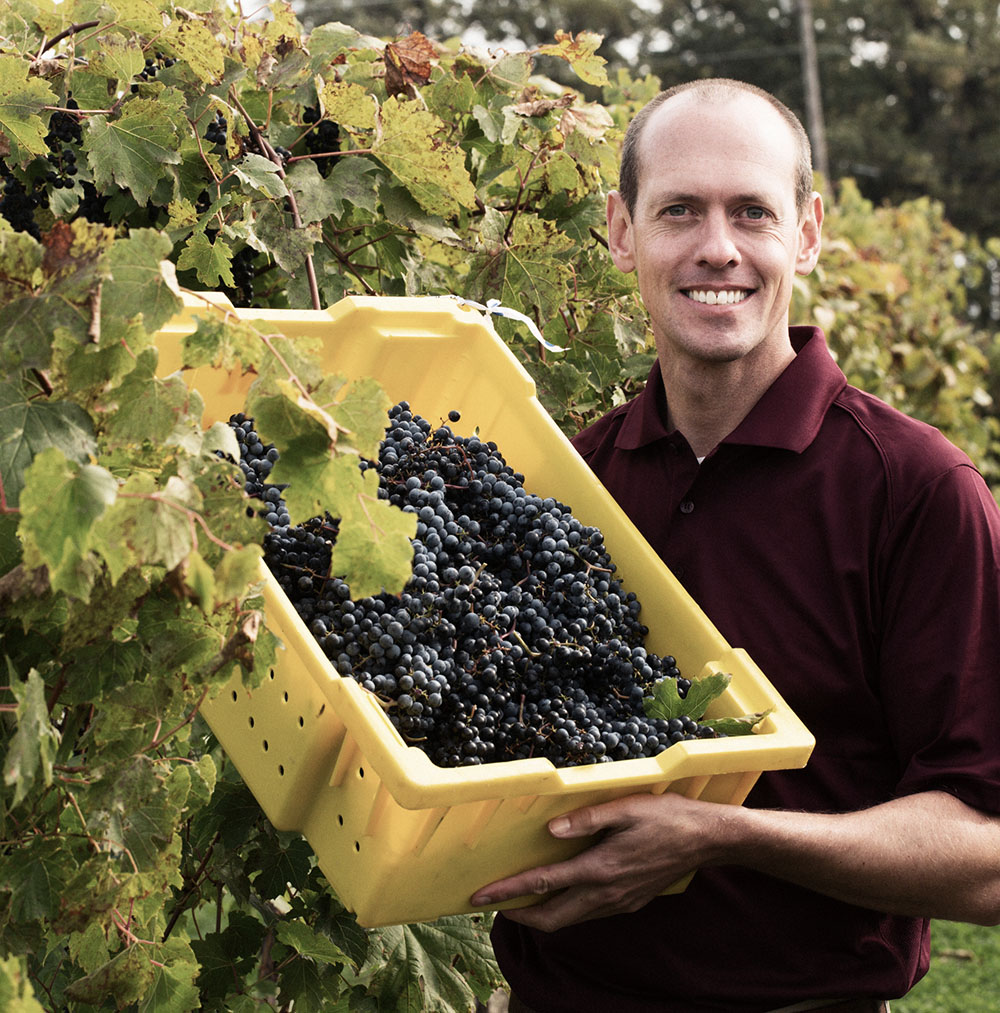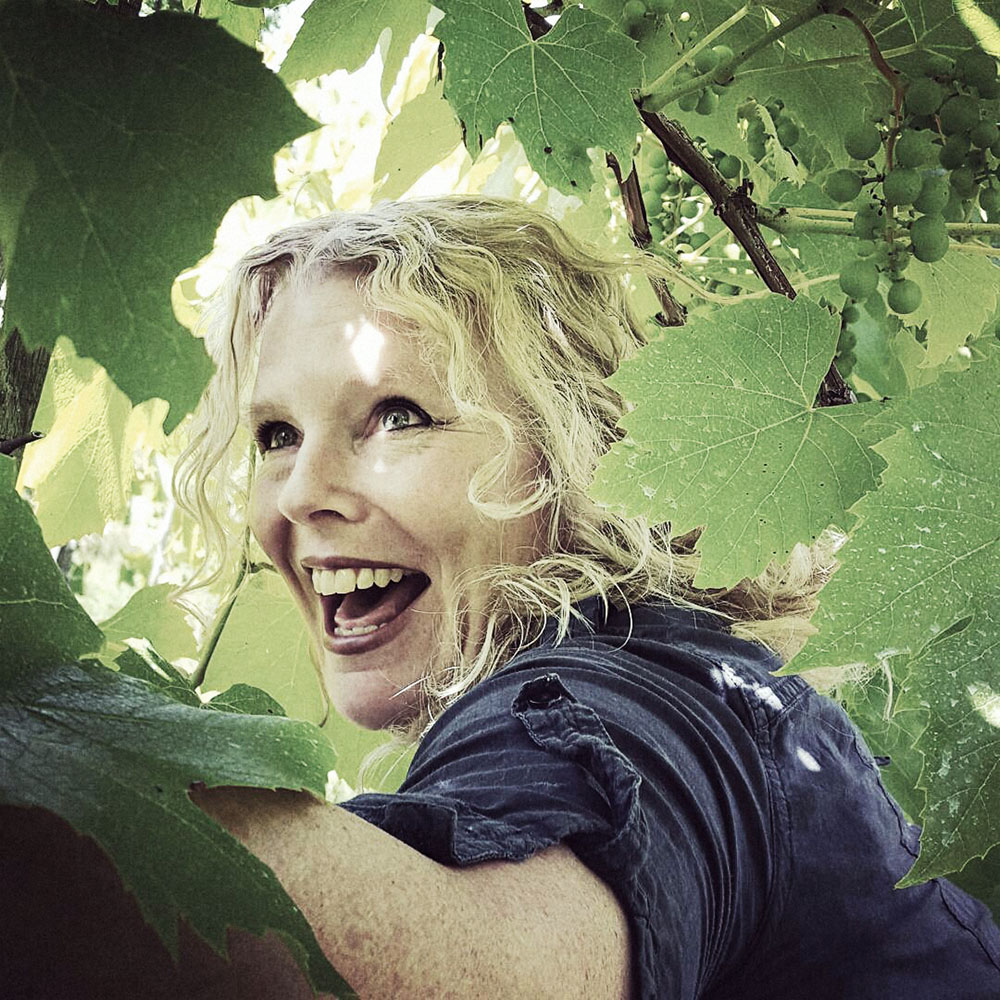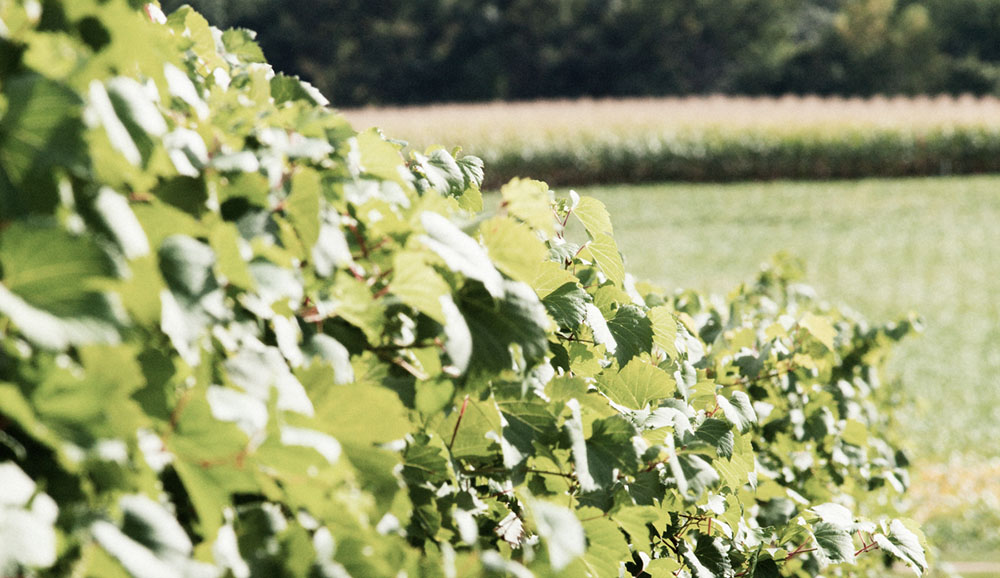La Garagista uses several University of Minnesota hybrids, namely La Crescent, Marquette, Frontenac Gris, Frontenac Blanc and Frontenac. Winemaker and owner Deirdre Heekin chose to plant hybrids instead of the traditional European varieties because their alpine climate is a bit too harsh for more sensitive vines.
“We did do some experimentation with vinifera, which was largely unsuccessful, and found that after we began making wine with the cold-hardy varieties that the potential was so intriguing and exciting that working with vinifera here became less compelling,” Heekin states. “We pulled out our Riesling and Blaufränkisch, and replanted to La Crescent; Marquette; Frontenac Noir, Gris and Blanc; and St. Croix.”
“It was really important to us to work as naturally as possible,” she explains. “We wanted to have vines that we could work with like any other winegrower and not have to resort to logistically and financially challenging methods in order to care for our vineyards properly.” The logistically and financially challenging methods she refers to are the need to bury vines and protect them with geotextiles, methods commonly used in Quebec to help vinifera vines survive harsh winters.
Working with hybrids came with its own challenges. However, overall, Heekin has found them to be hardier and easier to maintain. “Despite the natural resistance of these vines, we do have to manage and monitor disease and pest pressures,” she explains. “I imagine we have similar issues that any grower might have, but I don’t feel that there have been any real obstacles to our farming here. And, in fact, these varieties have advantages.”
“In many ways, it is less stressful to grow wine here,” Heekin continues. “Granted, we deal with cold temperatures during pruning, but our plants go into full dormancy. Harvest is typically much saner here. We don’t have to worry about extreme heat where we have to pick at nighttime or chill our fruit down. While we did have heat spikes this past harvest, we were still able to use cooler evening temperatures to protect the fruit before processing.”
Heekin has had a lot of success with these hybrids. Her 2013 vintage of Damejeanne, made from Marquette, made the New York Times’ Top 10 Bottles of 2015, the first hybrid to ever be included on that list. She credits her serious approach to winemaking as the root of her success with these hybrids. “No one had really grown hybrid wine like this before or worked in a low-interventionist way in the cellar,” she explains. “Producers who work with hybrids always seem to be apologetic about growing hybrids. We strive to grow the most honest and transparent wine that we can that speaks of our landscape and terroir. We are thankful that we have wine grapes that we can grow, and we respect how much heart they have.”



